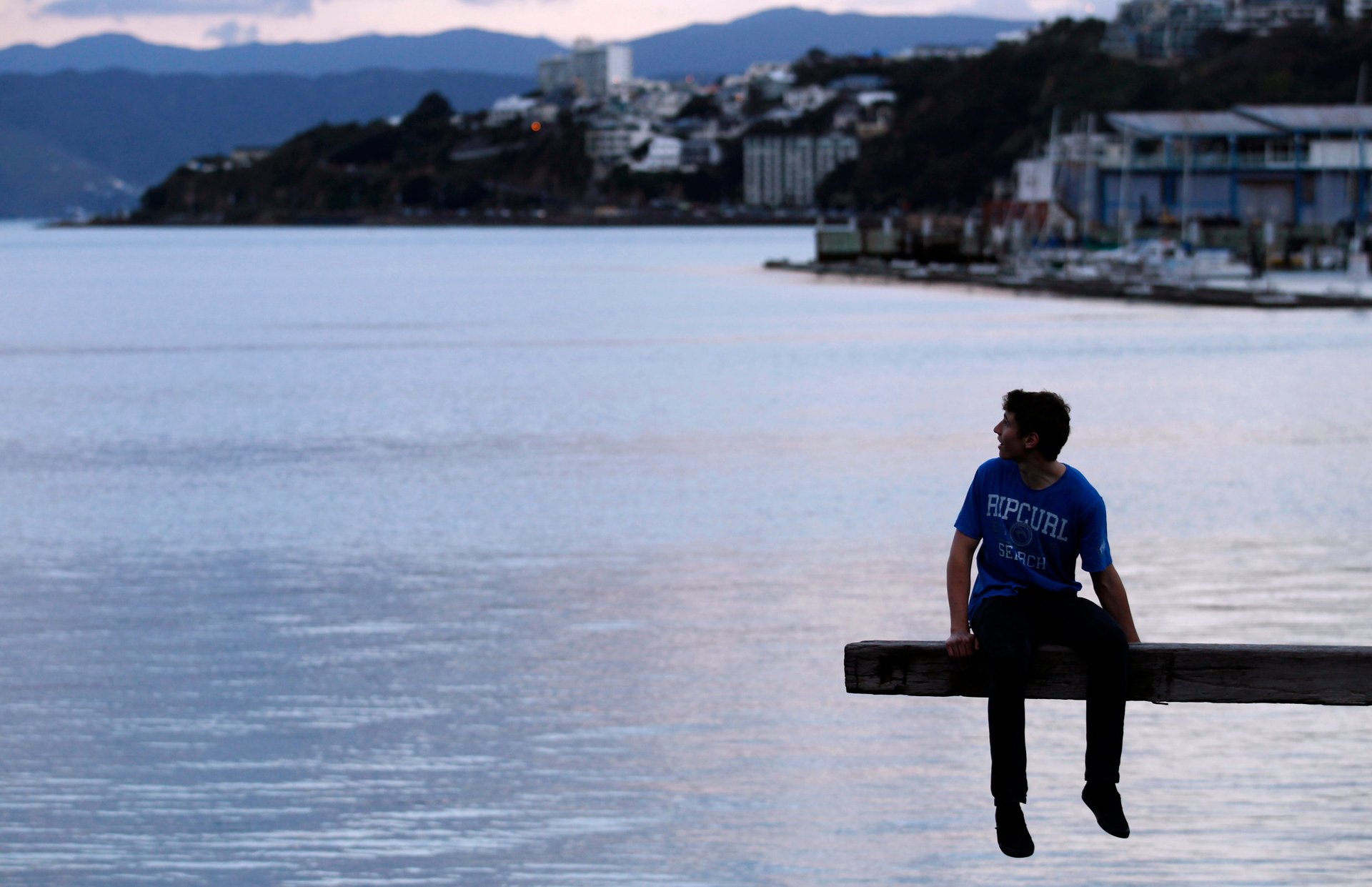“Travel bubbles” are how the world will get moving again
New Zealand’s prime minister Jacinda Ardern has been called possibly “the most effective leader on the planet,” partly because of her country’s successful managing of the coronavirus pandemic. The nation of 5 million people has so far seen fewer than 1,500 cases of Covid-19 infection and under 20 deaths.


New Zealand’s prime minister Jacinda Ardern has been called possibly “the most effective leader on the planet,” partly because of her country’s successful managing of the coronavirus pandemic. The nation of 5 million people has so far seen fewer than 1,500 cases of Covid-19 infection and under 20 deaths.
Political scientists attribute a large part of that achievement to Ardern’s communication style, which is decisive, clear, and profoundly human. For instance, she encouraged New Zealanders to think of the people who will remain in physical contact with them during a lockdown as part of their “bubble,” defined by either your home or two households, for those who rely on others for care.
Now, New Zealand and Australian leaders are considering expanding the “bubble” framework to something much larger: a travel bubble between the two countries.
Domestic travel may resume first
Australian prime minister Scott Morrison has confirmed that he is in discussions with Ardern to create a trans-Tasman bubble, the Sydney Morning Herald reports. “If there is any country in the world with whom we can reconnect with first, undoubtedly that’s New Zealand,” Morrison told the press. (The Tasman Sea separates the two nations.)
That news has fueled hopes for hard-hit travel and hotel industries in both countries. Australia has also been praised for its quick action to curb the spread of Covid-19. It had warned citizens, however, not to expect international travel bans to be lifted until December, at the earliest.
“Travel bubbles” may also prove useful as a model for other nations where tourism represents a large portion of GDP, and for airline and tour operators around the world that have seen their businesses collapse.
Although travelers from China are Australia’s top source of tourism spending, Australia and New Zealand are significant destinations for each other. Last year, the two countries sent some 2.6 million people between each other, according to Executive Traveler.
The timing of the proposed change has been not been publicized. Before opening the two borders to international travel, inter-domestic travel bans would first have to be lifted. In both countries, residents have been asked to quarantine without traveling far from home.
New Zealand, however, has already begun easing restrictions for its quarantined citizens. On Monday, New Zealanders will once again be able to order food delivery and use drive-through restaurants, though they will still be encouraged to isolate at home. Restrictions on surfing, swimming, and fishing are also being removed.
In Australia, some lockdown restrictions will be lifted as of next week, allowing more children to attend school in person and elective surgeries to be performed. Tour operators are envisioning a return of road trips as part of a boom in local holidays, once public health officials deem the rates of coronavirus community transmission low enough to make that safe.
New Zealand’s “bubbles” concept has also been officially adopted in New Brunswick, Canada, a mostly rural province that has seen just over 100 cases of Covid-19 infections and no new infections in the past six days, according to the Canadian Broadcasting Corporation. As of yesterday (April 24), its premier announced that residents could form and gather in “two-family bubbles.”
The words we choose matter
The act of relaunching our lives in ever expanding “bubbles” is not exactly groundbreaking thinking in itself. Arguably, slowly reconnecting previously isolated cities or regions that share a common approach to defending citizens from Covid-19 was always going to be a central strategy.
However, the return to a new normal will not happen quickly and evenly across countries or around the world. It’s also true that the language we use matters during crises: The right words can evoke a sense of social solidarity, which is why we’re hearing more discussion now of physical distancing and staying home, rather than social distancing and sheltering in place.
In this light, inviting people to create “bubbles”—light, accessible, and even hinting at a sense of euphoria—seems far wiser than, say, bilateral safe zones, economic districts, special territories, and other Orwellian-sounding options.